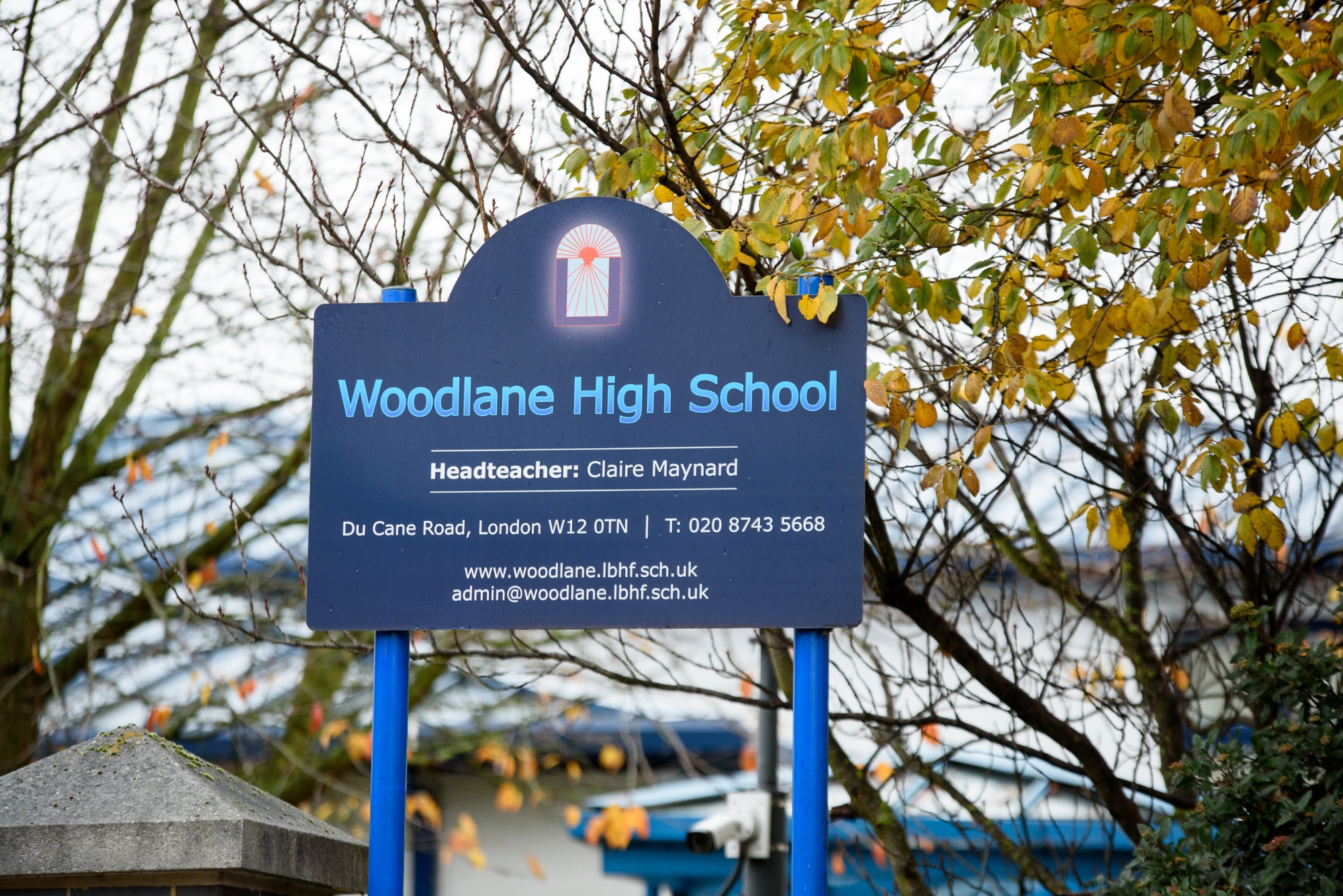27.1° clear sky
SEND Terminology/Acronyms
ADD
Attention Deficit Disorder
ADHD
Attention Deficit/Hyperactivity Disorder
ADDISS
Attention Deficit Disorder Information and Support Service
Amanuensis
Supporter who helps pupils with SEN put their thoughts onto paper
AOT
Autism Outreach Team
ASD
Autistic Spectrum Disorder. Pupils who may find it difficult to understand and use non-verbal and verbal communication
Asperger's syndrome
Pupils on the autism spectrum, higher functioning
B-Squared
Assessment system used at Woodlane
BDA
The British Dyslexic Association
BESD
Behavioural, Emotional and Social Difficulty. Pupils whose behaviour or social needs present a barrier to learning
CAMHS
Child & Adolescent Mental Health Service
CF
Cystic Fibrosis
CLAPA
Cleft Lip and Palate Association
CoMED
Co-ordination for Medical Needs
DCD
Development Co-ordination Difficulty. Also termed Dyspraxia
Dyscalculia
Pupils having difficulty in acquiring mathematical skills
Dyslexia
Pupils having a marked and persistent difficulty in learning to read, write and spell, despite progress in other areas
Dyspraxia
Pupils with impairment of gross and fine motor skills
EAL
English as an additional Language
ECM
Government Green paper
EHCP
Education and Health Care Plan
EMASS
Ethnic Minority Achievement Support Service
EPS
Educational Psychology Service
EWO
Educational Welfare Officer
HI
Hearing Impaired
HLTA
Higher Level Teaching Assistant
IPS
Individual progress selection
Inclusion
School provides flexible curriculum and increased capacity to meet needs of all pupils
Integration
Where a child fits into existing school provision and curriculum
LEA
Local Authority
MD
Muscular Dystrophy
MLD
Moderate Learning Difficulties. Pupils whose attainments are significantly below expected levels in most areas of the curriculum
MNU
Medical Needs Unit
MSI
Multi-Sensory Impairment. Pupils with complex visual and hearing difficulties
NASEN
National Association for Special Educational Needs
P Scales
Performance descriptors. A common basis for measuring the progress of pupils working up to level 1 in all subjects of the National Curriculum
PD
Physical Disability
PMLD
Profound and Multiple Learning Difficulties. Pupils with complex learning needs and other significant physical difficulties
Portage
Home-based pre-school education for children with development delay, disabilities or any other special educational needs
RNIB
Royal National Institute for the blind
RNID
Royal National Institute for Deaf and hard of hearing people
Inclusion
School provides flexible curriculum and increased capacity to meet needs of all pupils
Integration
Where a child fits into existing school provision and curriculum
SA
School Action
SA+
School Action Plus
SALT
Speech and Language Therapist
SEN Code of Practice
Practical guidance to LEAs and the governing bodies of all maintained schools
SEND
Special Educational Needs and Disabilities
SENA
Special Educational Needs Assessment Service
SENDCo
Special Educational Needs and Disabilities Co-ordinator
SENDIST
SEN & Disability Tribunal
SLCN
Speech, Language and Communication Needs. Pupils may have difficulty in understanding and / or making others understand information conveyed through spoken language
SNAPT
Special Needs Assessment Placement Team
SpLD
Specific Learning Difficulties. A descriptor covering Dyslexia, Dyscalculia and Dyspraxia
SLCN
Speech, Language and Communication needs
Statement of Special Educational Needs
Legally enforceable document that describes the special educational needs of the child and how these needs will be met
Statutory Assessment
Multi-disciplinary assessment by the LA of a child’s educational need
SSS
Specialist Support Service
STS
Specialist Teaching Service
TA/LSA
Teaching Assistant/Learning Support Assistant. Interchangeable terms for support staff
TES
Traveller Educational Service
Transition Plan
A plan drawn up at the Annual Review of Year 9 pupils, who have learning difficulties or disabilities. Reviewed annually
VI
Visually Impaired
Wave 3
Specific targeted approaches for pupils with SEND
